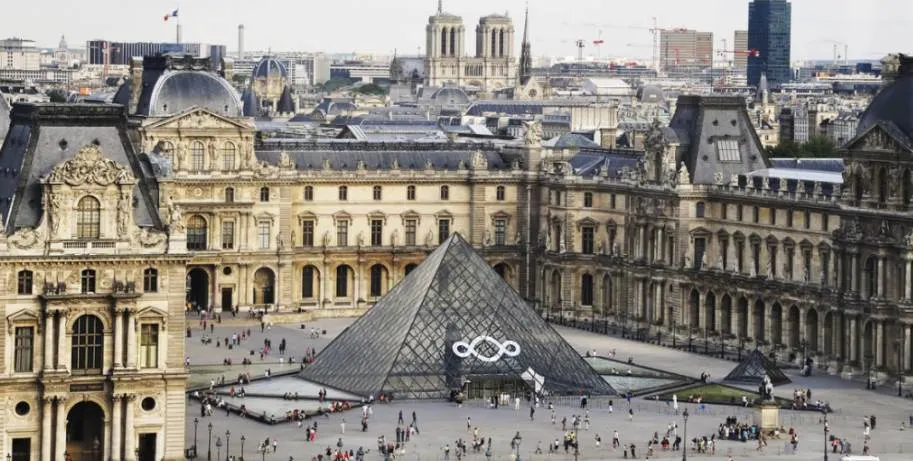One of the leading Baroque artists of the 17th century was in high demand in the highest circles of European society.
One of the commissions that Peter Paul Rubens (1577-1640) earned in the early 1620s came straight from Marie de Medici, the former Queen of France and widow of King Henry IV of France.
It’s one of the ultimate achievements of the Flemish artist and one of the greatest cycles of paintings that were produced during the Baroque era.
Let’s take a closer look at some of the most interesting facts about The Disembarkation at Marseilles by Rubens, one of Rubens’ ultimate masterpieces.
1. It was completed in the first half of the 1620s
Peter Paul Rubens traveled frequently during his life, mainly as a diplomat from the Duchy of Brabant.
This was an autonomous region in the Low Countries that was part of the Southern Netherlands in modern-day Belgium.
He lived in Italy for nearly a decade in the early 17th century and established a successful studio in Antwerp upon his return. His immense workshop quickly became one of the most popular in Europe.
His overly dramatic Baroque paintings, often including female nudity, were well-liked by art collectors at the time.
He completed The Disembarkation at Marseilles, a painting also known as “The Arrival of Marie de Medici at Marseille,” between 1622 and 1625.

2. It’s one of the 24 paintings commissioned to decorate a famous palace in Paris

The 1620s was a period in history in which Rubens was particularly active as a diplomat. Although he was an excellent diplomat, he also used these missions to earn commissions from rich patrons.
During one of these missions to France, he encountered Marie de Medici (1575-1642), Queen of France, and Navarre as the second wife of King Henry IV of France (1553-1610) until he passed away.
Her relationship with the French public was never good and she was forced out of her position as Regent of France in 1617 as the result of a coup.
Although the exact details of the commission remain obscure, it’s believed that she commissioned a cycle of 24 paintings glorifying her life in order to restore faith among the French public.
The cycle featured 21 paintings related to events that happened during her life, while 3 others are portraits of herself and her parents. They were intended to decorate Luxembourg Palace in Paris.
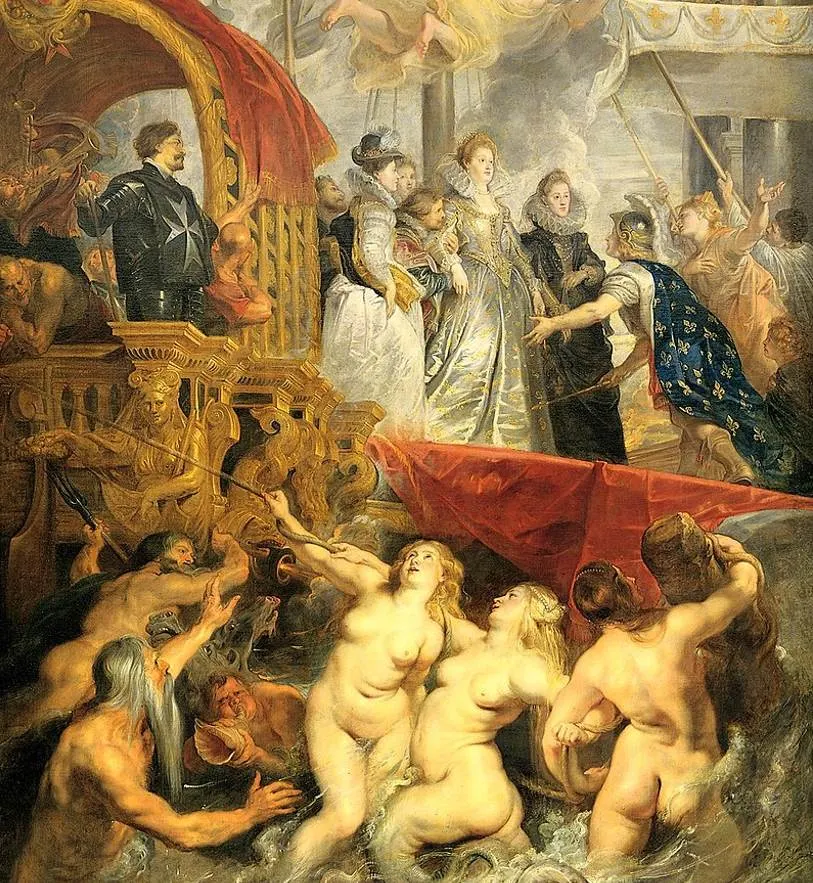
3. It depicts an important moment that happened in the year 1600
The main reason why Marie de Medici was never liked by the French population as because she was Italian, not French.
The marriage was also agreed to for the wrong reasons. She was a member of the powerful Medici banking family of Florence and the French king owed them a lot of money, borrowed for his war efforts.
Marrying the daughter appeared to be a great solution to this economic disaster because her family promised to pay a handsome dowry.
The marriage contract was signed in Paris in March 1600 and the painting depicts the moment she arrived in Marseille on November 3, 1600. She had journeyed from Florence and Livorno to the city in southern France.
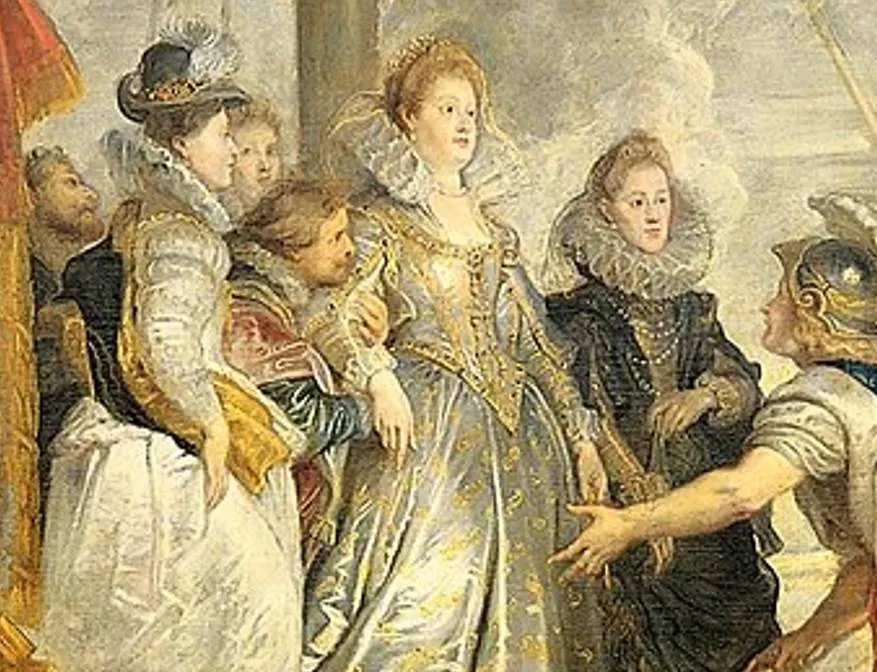
4. The people greeting Marie wear the French symbol of royalty
The painting was produced in the typical Baroque style which features the exaggerated drama of the pompous welcoming of the future Queen of France.
Rubens clearly emphasized the grand entrance of Marie de Medici and especially the warm welcome she received during an event that was quite unflattering in reality.
After all, debarking from a boat isn’t walking on the red carpet.
She apparently received a warm welcome from unidentified figures wearing clothes decorated with the Fleur-de-lis, a lily that served as a symbol for the French Royal family.
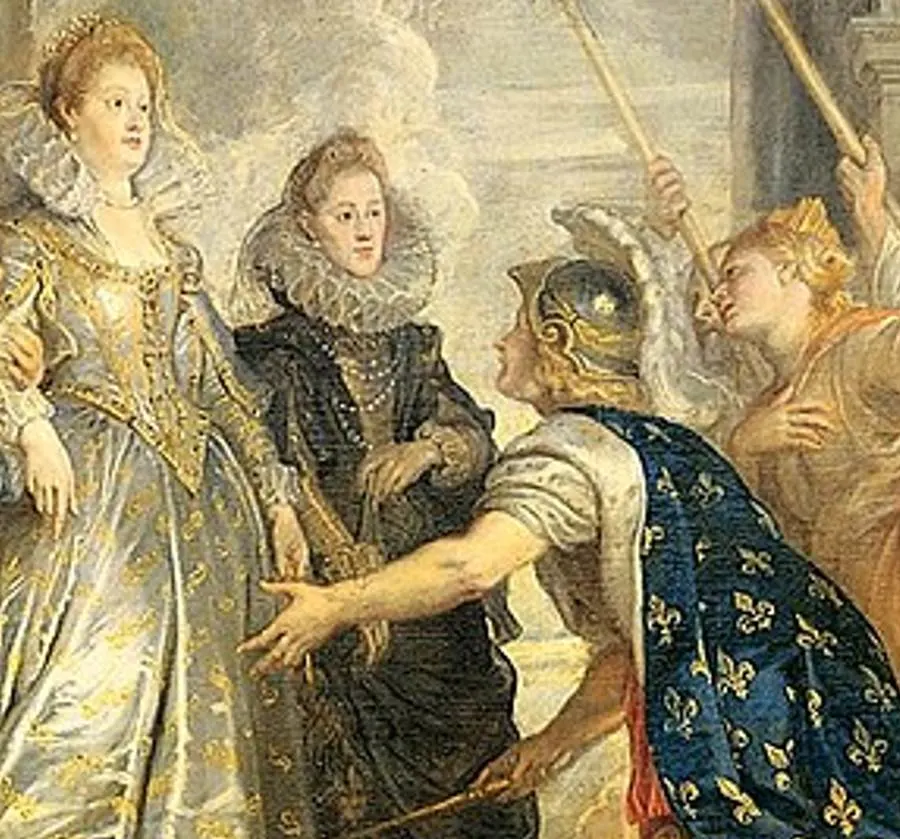
5. Rubens included mythological figures in the painting for a particular reason
The entire idea of the cycle was to glorify Marie de Medici, and especially to try and convey to the people of France that she was a rightful ruler.
The warm welcome is one element, the inclusion of mythological figures was an attempt to try and strengthen this notion.
We can see a character representing Fame just above Marie’s head. Below the boat, we can see Neptune and the voluptuous daughters of Sea God Nereus who add a sense of drama to the painting that defines Rubens’ style.
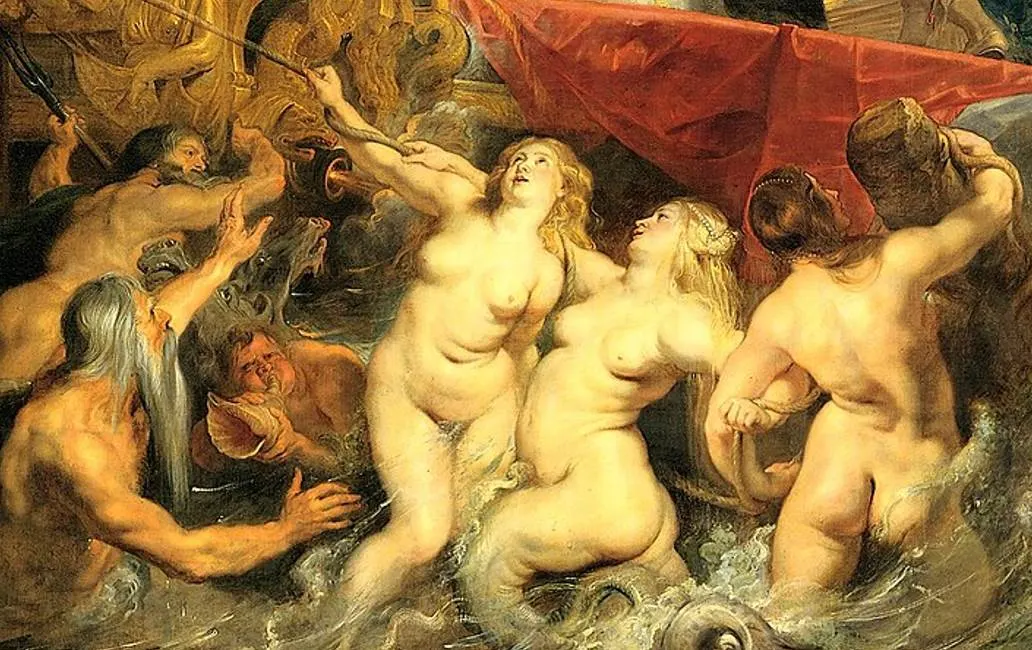
6. Rubens started painting a second cycle but never completed it
It’s fairly certain that the Mari de Medici cycle didn’t convince the French population of her right to the throne of France.
She was eventually exiled by her son, King Louis XIII, and traveled to the Low Countries and eventually settled in Cologne.
In a remarkable twist of fate, she passed away in the same house that Peter Paul Rubens grew up in as a child.
Rubens had started working on a second cycle but because of the turbulent situation in Europe and the precarious situation of Marie de Medici herself, it was never completed.

7. How big is The Disembarkation at Marseilles by Peter Paul Rubens?
All the paintings of the Marie de Medici Cycle are huge. They were intended to decorate an entire wing of the immense Luxembourg Palace in Paris.
The Disembarkation at Marseilles by Peter Paul Rubens is an oil on canvas painting that has dimensions of 394 x 295 centimeters (12.9 x 116.1 feet).

8. Where is the painting located today?
The wing of Luxembourg Palace where the paintings were initially installed was named the “Galerie de Rubens.” It was located on the main floor of the western wing of the building.
As part of the French Royal Collection, the painting was eventually moved to the Louvre Museum in Paris after the museum opened its doors.
Today, the painting, along with the 23 other paintings in this incredible cycle, is still part of the collection of the Louvre and is located in the Richelieu Wing.
